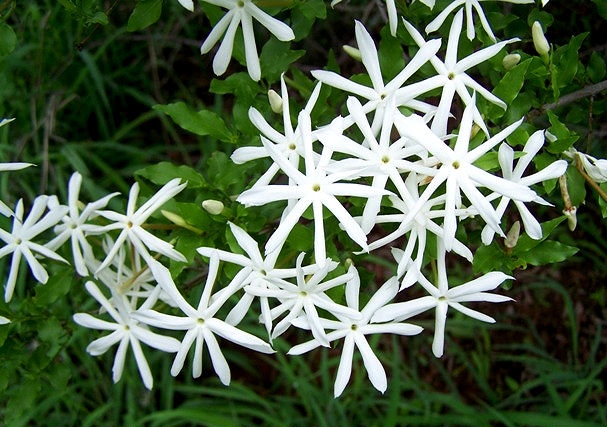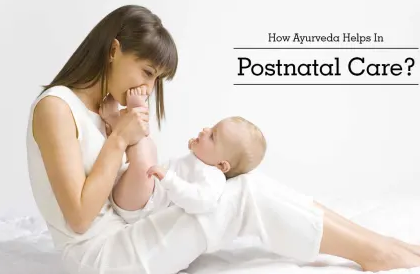What are Varicose Veins?
Varicose veins are defined as the superficial veins in the legs that are abnormally swollen or dilated or twisted or enlarged veins due to extended activities of standing or walking or overweight conditions like pregnancy or any other activity that can increase the pressure in the veins of the lower body and legs
Who is commonly affected by Varicose Veins?
People who stand for long durations dentists, doctors who stand for a long time, traffic policemen, soldiers, teachers, security persons, salespersons in shops, drivers, dancers, housemaids, chefs, etc. are prone to Varicose Veins apart from pregnant women, elderly, people with associated diseases and people with a family history. Varicose Veins are also seen associated with conditions like eczema, portal hypertension, piles, and varicocele
How are Varicose Veins caused?
Veins work against gravity to push the blood up to the heart and operate with the help of valves. When these valves in the legs become weak or damaged valves can lead to varicose veins. Valves in the veins and the elastic walls assisted by muscle contractions pump deoxygenated blood to the heart. Once the blood is pumped up, the valves close to prevent backflow. If this process is affected or if the valves are weakened or damaged, blood may flow backward and get pooled in the veins, causing the veins to stretch or twist into varicose veins
What are the symptoms?
During the initial stages, signs and symptoms of varicose veins are,
- Dark purple or blue veins
- Twisted and bulging veins that often appear like cords on the legs
- Mild pain of the legs or tiredness on long-standing
When the disease progresses, signs and symptoms of varicose veins are,
- Dull ache and /or heaviness in the legs
- Burning, throbbing pain, muscle cramping, and swelling in the lower legs
- Worsened pain after sitting or standing for a long time
- Itching around one or more of the veins
- Changes in skin color around a varicose vein
What are the complications of Varicose veins?
Complications of varicose veins are,
- Varicose Ulcers: Painful ulcers near varicose veins, particularly near the ankles which begin as a discolored spot on the skin and progress to a chronic ulcer
- Blood clots: Due to the continued varicosity clots may form in the deeper veins and lead to severe leg pain and swelling
- Bleeding: Veins close to the skin burst to cause bleeding that is usually seen as spurts if the burst happens in a large vein
What is the Ayurveda view of Varicose Veins?
Ayurveda textbooks describe the condition as Sirajagranthi. The causes attributed are intake of swelling causing food like curd, deep-fried food, and red meat, excessive strenuous work, weightlifting, long walks, and long duration of standing. Due to these causes, Pitta gets vitiated and in turn, causes an imbalance in the state of Kapha and Vata in the veins resulting in the disturbing venous circulation and thereby stagnation of blood in the veins. The symptoms described are aching pain in the legs, numbness, heaviness, tiredness, tortuous veins, and discoloration of the skin
Are Varicose Veins curable?
For prognosis, Varicose Veins are categorized into 3 stages,
- Stage 1: Varicose veins with distended veins and mild pain and swelling: The condition can be treated with internal medications, exercises, and lifestyle changes. The condition may not recur if proper preventive measures are strictly followed
- Stage 2: Veins are prominent, swollen, legs have edema, and pain is severe and constant: The condition is treatable and the complications are reduced and the patient can live without discomfort. The treatment involves internal medications, Panchakarma, and bloodletting procedures like Raktamokshana, Jalookacharana, and Siravyadha> Regular follow up and proper preventive measures are to be strictly followed
- Stage 3: This stage involves complications like ulcers, blood clots, and bleeding episodes. The stage is difficult, yet can be managed through a strict treatment protocol that includes in-house Panchakarma, internal medications, supportive therapies, and very importantly special bloodletting and ulcer care treatments. Modern therapies like stripping and laser treatment can be opted at this stage and followed up with Ayurveda treatments for better prognosis and prevention
What are the Panchakarma therapies for Varicose Veins?
Panchakarma Procedures include,
- Veshtana: Bandaging with a specialized technique
- Udvartana: Reverse Massage to improve venous circulation and reduce edema
- Lepam: External applications
- Dhara and Nadeesweda: Local medicated irrigation to reduce swelling, discoloration, pain, and ulcers
- Jalookacharana: Leech Therapy to reduce swelling and remove stagnated blood from the veins
- Siravedha: Venesection/Venipuncture to remove stagnated blood to improve vein and valve strength
- Njavara Kizhi: Strengthen the muscles and legs
- Vasti: Strengthen total circulation and detoxify the body
What are the Yoga postures and exercises for Varicose Veins?
Yoga postures and exercises that improve blood circulation in the lower legs, flex and stretch the leg muscles and strengthen the valves and vein walls are the ones to be practiced to treat and prevent Varicose Veins. These include,
- Swimming for 30-minutes daily
- Modified form of Uttanapadasana where legs are raised and held on various angles is recommended at least 10 times daily on each leg
- Postures like Sarvangasana, Sheershasana, Sputa Padangusthasana, and Paschimottanasana are to be done 5-10 times daily
What are the preventive measures for Varicose Veins?
The aim of adopting preventive measures is to improve blood flow, optimize muscle tone and strengthen the valves and vein walls to reduce the risk of Varicose Veins. A few suggestions are,
- Maintain optimum weight
- Avoid standing or walking for long hours
- Rest the legs at appropriate intervals
- Avoid sitting with legs dangling or suspended without being rested on a firm surface
- Avoiding high heels and tight-fitting legwear and footwear
- Change between sitting and standing positions every 30 minutes
- Raise your legs and place them on a higher surface while sitting down
- Eat a balanced high-fiber, low-salt healthy fat diet
How does Ayurveda Treatment work in Varicose Veins?
The expected treatment outcome of Ayurveda treatment for Varicose Veins are,
- Improved blood circulation
- Strengthened Valves
- Stronger vein walls
- Optimum elasticity of vein walls
- Repairing the damage in the dysfunctional vein
- Strengthening and enhancing muscle tone
- Improving sensation and reducing numbness
- Reduce swelling and edema
- Reduce pain and discomfort
- Heal ulcers in advanced stages
- Improve general health and
- Encourage collateral circulation
For more details and queries on Varicose Vein Treatment in Ayurveda please feel free to
- Talk to Dr. Karthik K Nandan Specialist Consultant in Shalyatantra of Sarathy Ayurvedic Hospital, an expert in Ayurveda surgical procedures, bloodletting therapy, and varicose vein therapy with 10 plus years of clinical experience successfully treating varicose vein cases
- Mail us at mails2sarathy@gmail.com
- WhatsApp us on +91-9895142321
- Call us on +91-9895142321
- Do visit our social media pages Sarathy Ayurvedic Hospital on Facebook, Instagram, Twitter, and LinkedIn
SARATHY AYURVEDIC HOSPITAL DOCTORS PANEL
- Dr. Lathika PK-Specialist in Panchakarma, Stroke Rehabilitation and Ayurveda Cancer Care
- Dr. Valsaladevi K-Specialist in Panchakarma, Child Health, Ayurveda Diet, and Yoga Therapy
- Dr. Karthik K Nandan-Specialist in Conventional Orthopaedics, Marma and Varicose Veins
- Dr. Gayatri S-Specialist in Women Health, Cosmetology, and Fertility





